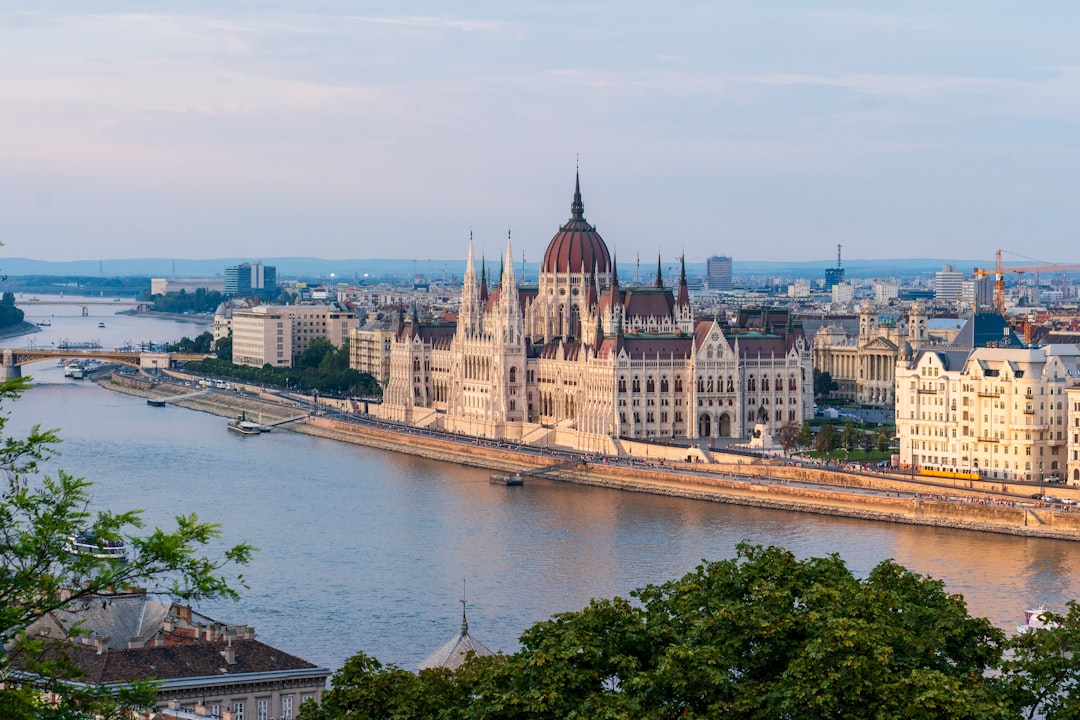Art in Advertising: The Power of Visual Storytelling
When we think about advertising, we often associate it with catchy slogans or memorable jingles. However, in recent years, there has been a shift in the advertising landscape, as more and more brands are recognizing the power of visual storytelling. Art, in particular, has emerged as a powerful tool for advertisers to convey their messages and connect with audiences on a deeper level.
Art has the ability to evoke emotions in a way that words alone cannot. It can transport us to different worlds, make us feel a range of emotions, and tell stories without using a single word. This is why art has become a vital component in advertising campaigns. By incorporating art into their marketing strategies, brands are able to captivate audiences and create lasting impressions.
One of the key advantages of using art in advertising is its ability to create a strong brand identity. When a brand commissions an artist to create an original piece of artwork for their campaign, they are able to cultivate a unique visual language that sets them apart from their competitors. This custom artwork becomes a visual representation of the brand, instantly recognizable and capable of conveying the brand’s values and personality.
Take, for example, the iconic Absolut Vodka campaigns. Since the 1980s, the brand has collaborated with various artists to create stunning and visually striking advertisements. Each piece of artwork features the iconic Absolut bottle, but with a unique twist that reflects the artist’s style and vision. These ads not only catch the viewer’s attention but also tell a story about the brand’s creativity and innovation.
Another notable example is the Nike ad campaign featuring Colin Kaepernick. The campaign centers around a powerful black-and-white image of the controversial football player, accompanied by the tagline “Believe in something. Even if it means sacrificing everything.” This simple yet impactful artwork sparked conversations all over the world and solidified Nike’s commitment to social justice issues.
By using art as a storytelling medium, advertisers are able to tap into the viewer’s emotions and create meaningful connections. When we see a visually stunning and thought-provoking ad, we are more likely to feel a personal connection to the brand. This emotional resonance can be a powerful motivator and influence our purchasing decisions.
Art can also be used to raise awareness about important social issues. Many brands have started using their advertising platforms to shed light on pressing societal problems, such as climate change or gender inequality. By collaborating with artists who are passionate about these issues, brands are able to create impactful campaigns that not only promote their products but also ignite social change.
In conclusion, art in advertising has the power to create a lasting impact on audiences. By incorporating art into their campaigns, brands are able to tell compelling stories, establish a unique visual identity, evoke emotions, and raise awareness about important social issues. In a world saturated with advertising messages, art has become a valuable tool for advertisers to connect with viewers on a deeper and more meaningful level. So the next time you see a visually stunning ad, take a moment to appreciate the power of art in advertising.














